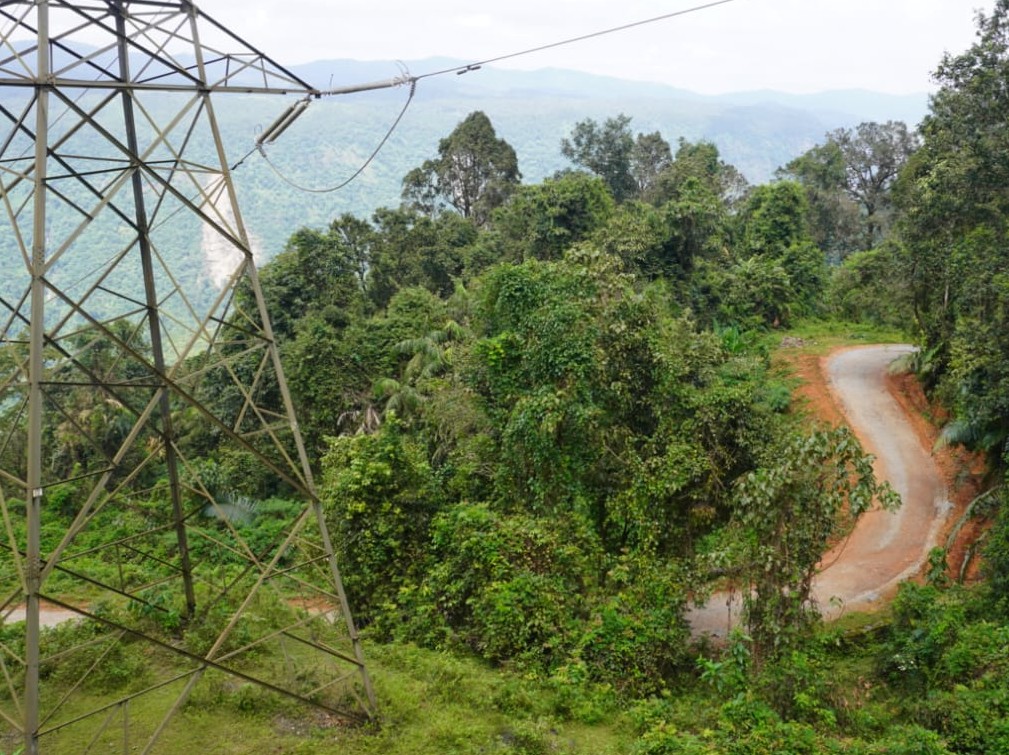
Shankar Sharma:
There is an urgent need to explore existing, sustainable energy solutions in India. The decision between implementing a Pumped Storage Project (PSP) (like the Sharavathi PSP) and a Battery Energy Storage System (BESS) is pivotal in shaping the future of sustainable energy infrastructure in India.
Both technologies serve as critical components for integrating renewable energy sources into the national grid, yet they differ significantly in terms of environmental impact, economic viability, technical feasibility, and operational flexibility.
The recent decision of Karnataka Government to implement 2000 MW Sharavathi PSP inside a protected area and its ESZ has sent shockwaves as this project will destroy prime forests, hydrology, tree cover, people’s livelihood and wildlife like LTMs in the heart of Western Ghats which is one of the World’s Eight Hottest Biodiversity Hotspots.
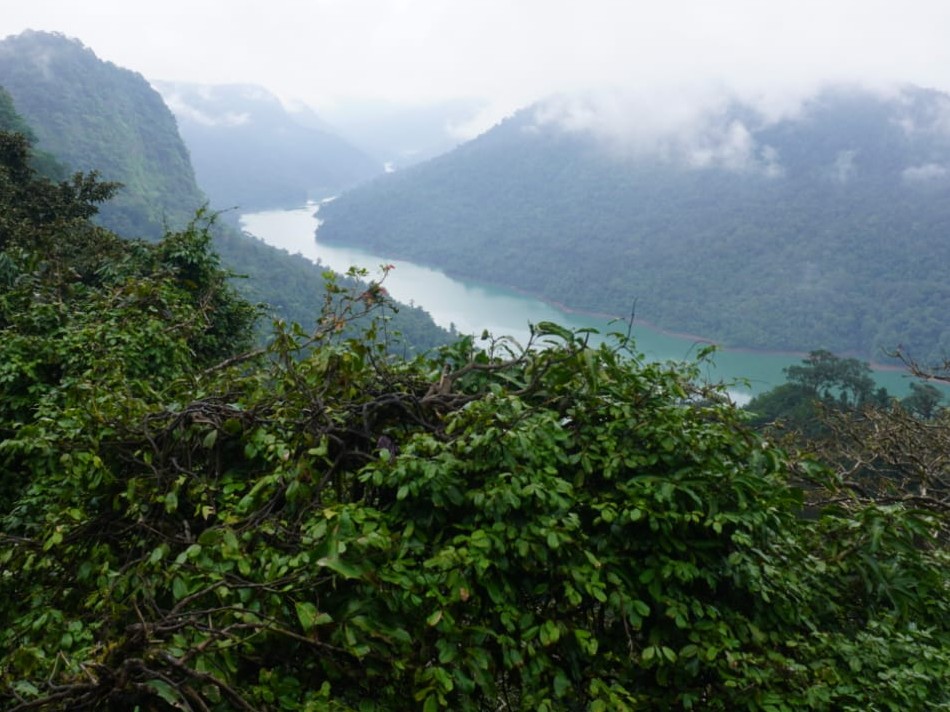
Overview of Energy Storage Technologies
Energy storage systems are essential for balancing supply and demand, especially given the intermittent nature of renewable energy sources such as solar and wind. PSP which utilizes gravitational potential energy by pumping water to higher elevations during periods of excess generation, are well-established and capable of providing large-scale storage.
Conversely, BESS, particularly lithium-ion and emerging battery technologies, offer rapid response times, modular deployment, and minimal ecological disruption.
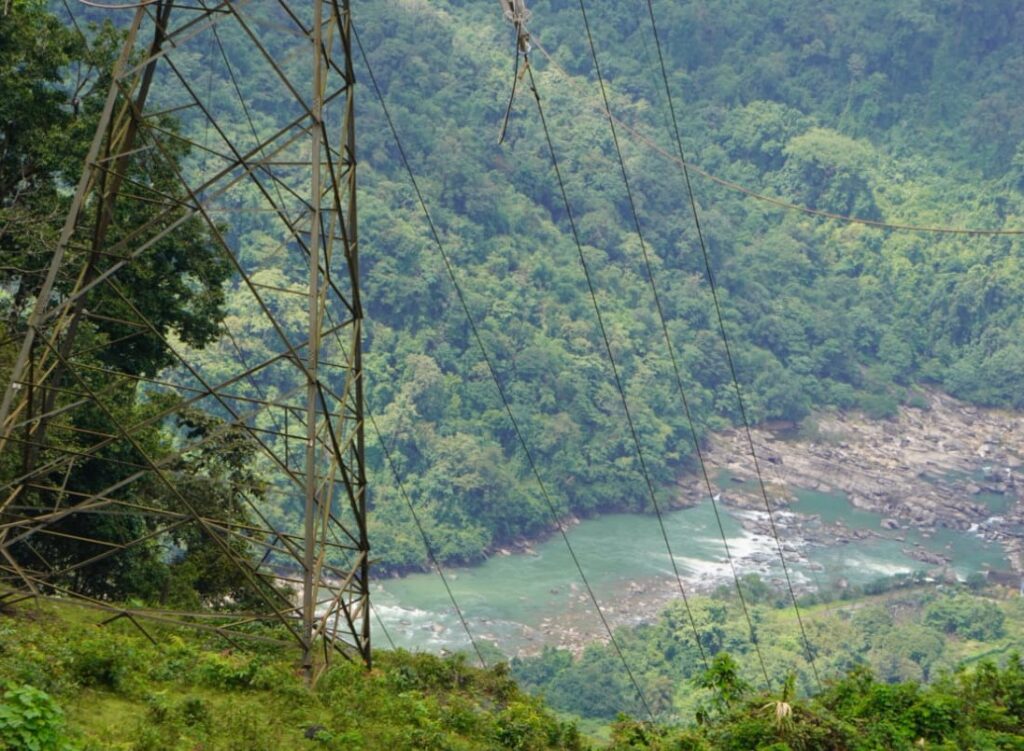
Environmental and Ecological Considerations
One of the primary concerns with PSP is their ecological footprint. These projects often require the diversion of river valleys, leading to significant disruption of aquatic ecosystems, loss of biodiversity, and alteration of natural river flows. Such environmental degradation can have long-term adverse effects on local communities and biodiversity hotspots.
In contrast, BESS systems have a negligible physical footprint, avoiding the ecological costs associated with large-scale hydrological modifications. This makes BESS a more sustainable option, especially in ecologically sensitive regions.
Economic and Technical Viability
Recent studies, including a report by Prayas Energy Group, indicate that BESS can be more cost-effective than PSP, particularly for short to medium-duration storage needs. The levelized cost of storage (LCOS) for BESS is significantly lower, with estimates ranging from Rs 3.8 to 4.1 per kWh, compared to Rs 9.5 to 14.9 per kWh for PSPs.
Additionally, BESS deployment requires less land, has shorter construction timelines, and offers higher cycle efficiencies (~85%) compared to PSP (~75%). These factors contribute to faster scalability and adaptability to evolving grid demands.
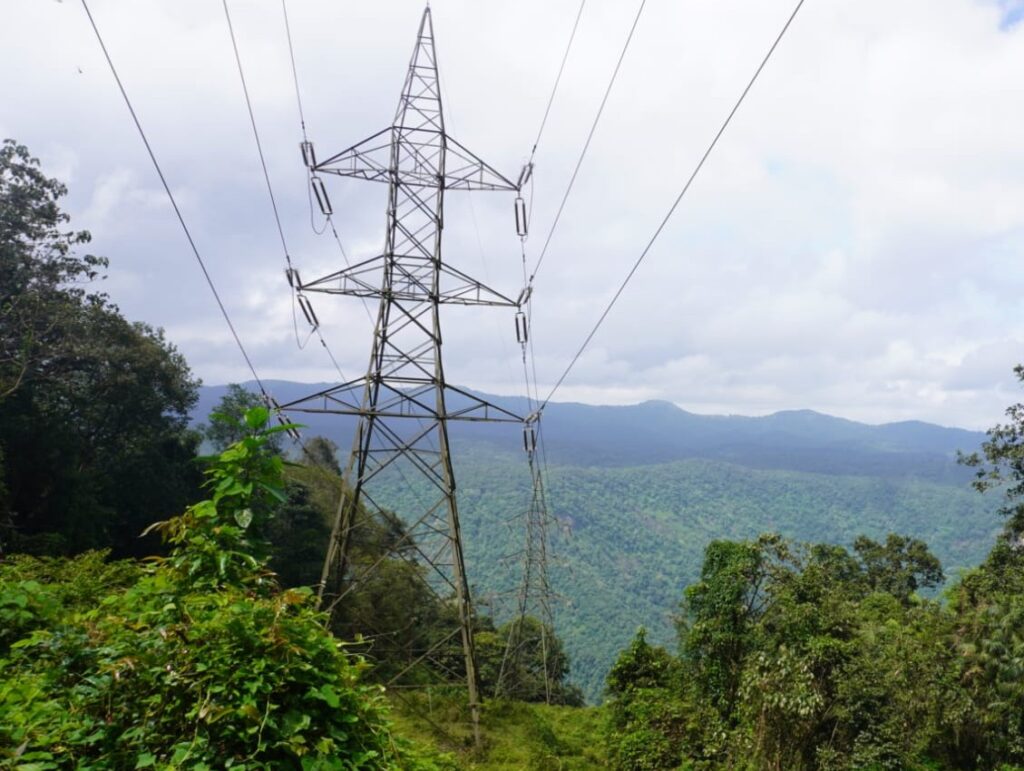
Operational Flexibility and Grid Stability
BESS systems provide rapid response capabilities, essential for maintaining grid stability amid fluctuating renewable generation. Grid-forming inverters in BESS can deliver ancillary services such as frequency regulation, inertia emulation, and voltage support at a lower cost than traditional synchronous machines.
This operational agility is crucial for integrating high shares of renewable energy, especially in a country like India, where grid resilience is paramount.
Policy and Strategic Implications
Despite the advantages of BESS, India has identified a potential of approximately 200,000 MW for pumped storage projects, primarily in the valleys. This approach, however, raises concerns about ecological degradation, loss of biodiversity, and long-term sustainability.
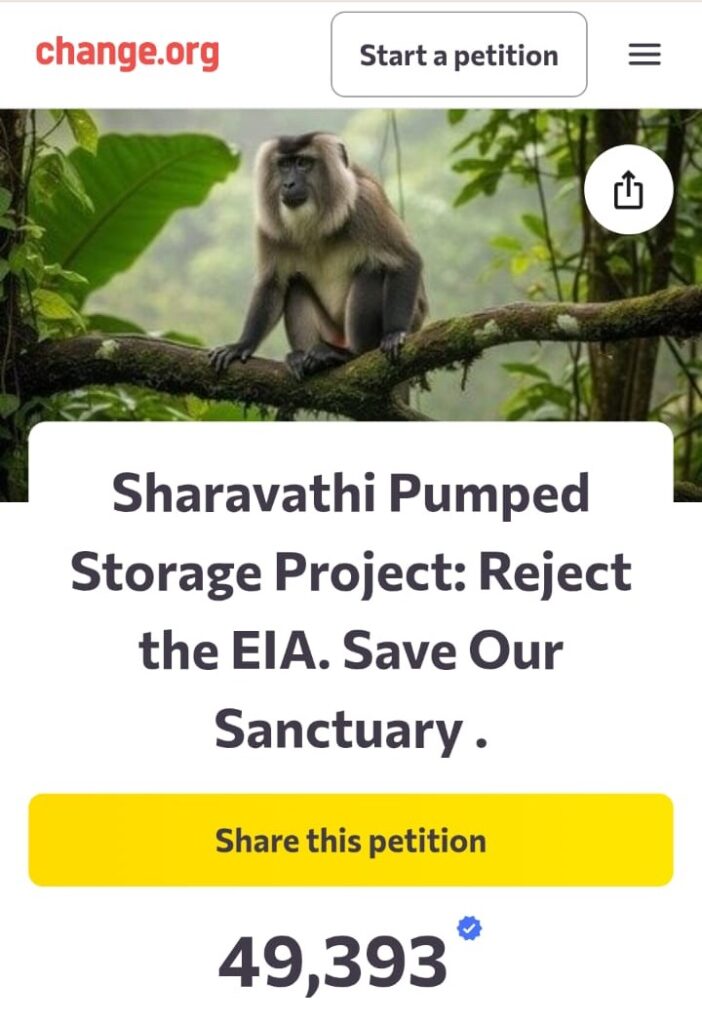
The ongoing proliferation of PSP proposals, including projects in protected areas such as wildlife sanctuaries, underscores a disconnect between environmental conservation and energy development policies. With people realizing the catastrophic consequences of the Sharvathi PSP inside the Sharavathi Valley LTM Sanctuary, they have opposed the project tooth and nail by submitting their opposition online and offline to the concerned authorities.
Global trends and technological advancements further favour BESS. Countries like Australia, Germany, and the United States are investing heavily in large-scale battery storage, recognizing its economic and environmental benefits.
For instance, Australia’s grid has achieved a record 77.9% renewable share, largely driven by rooftop PV and grid-scale BESS. Similarly, Tesla’s white paper advocates for grid-forming battery inverters as a cleaner, cost-effective alternative to traditional spinning machines.
Recommendations for Policy and Practice
To align India’s energy transition with sustainable development goals, policymakers should prioritize the widespread deployment of BESS, supported by regulatory frameworks mandating grid-forming inverters for all renewable projects above certain capacities.
A comprehensive national energy policy should emphasize distributed renewable generation, microgrids, and decentralized storage solutions, reducing reliance on large-scale hydropower projects that threaten ecological integrity.
Operational strategies such as demand-side management, load shifting, and enhanced grid flexibility can further reduce the need for extensive storage infrastructure.
Additionally, integrating advanced control systems and smart grid technologies will optimize the utilization of BESS, ensuring a resilient, efficient, and environmentally sustainable energy system.
BESS – THE BEST SOLUTION
In conclusion, the comparative analysis underscores the superior environmental, economic, and operational advantages of BESS over PSPs. Given the ecological costs associated with river valley projects and the rapid technological advancements in battery storage, India should adopt a strategic approach that emphasizes distributed, modular, and environmentally benign energy storage solutions.
Such a transition will not only safeguard natural resources but also accelerate the country’s progress toward a resilient and sustainable energy future.
Comparative Economics of BESS/PSP (2030)
(Based on a paper by Prayas Energy Group, Pune)
| Indicator | PSP | BESS |
| Storage capacity | 1 MW / 4 MWh | 1 MW / 4 MWh |
| 2. Capital cost | Rs 8 Cr/MW – Rs 12 Cr/MW | $122/kWh – $134/kWh |
| 3, Economic life (Years) | 30 | 20 (replacement of battery pack considered) |
| 4. Days of operation per year | 365 | 365 |
| 5. Levelized Cost of Storage (Rs/kWh) | 9.5 – 14.9 | 3.8 – 4.1 |
| Construction time | 3 – 10 years | 6 months |
| 7. Land requirement | 2.5 Acres/ MW | acre/ MW |
| 8. Cycle efficiency | About 75% | About 85% |
| 9. Environmental concerns | Diversion of lands and impact on rivers | Minimum or Nil |
| 10. Need for dedicated power lines | Needed in most cases | May not be needed at all if suitable locational planning is implemented. |
| 11. Associated technical losses | Can be considerable due to single/ specific site of large power | Losses can be minimised if BESS is distributed across the several existing sub-stations |
| For low storage hours (up to 6-8 hours or so), batteries are generally considered more cost-effective. As hours of storage increase, pumped hydro becomes more cost-effective. | ||
| Co-located battery storage systems are cost-effective up to 10 hours of storage, when compared with adding pumped hydro to existing hydro projects. For new builds, battery storage is always cost effective irrespective of the hours of storage. |
(The Writer is a Power & Climate Analyst and can be contacted at email: [email protected] )
